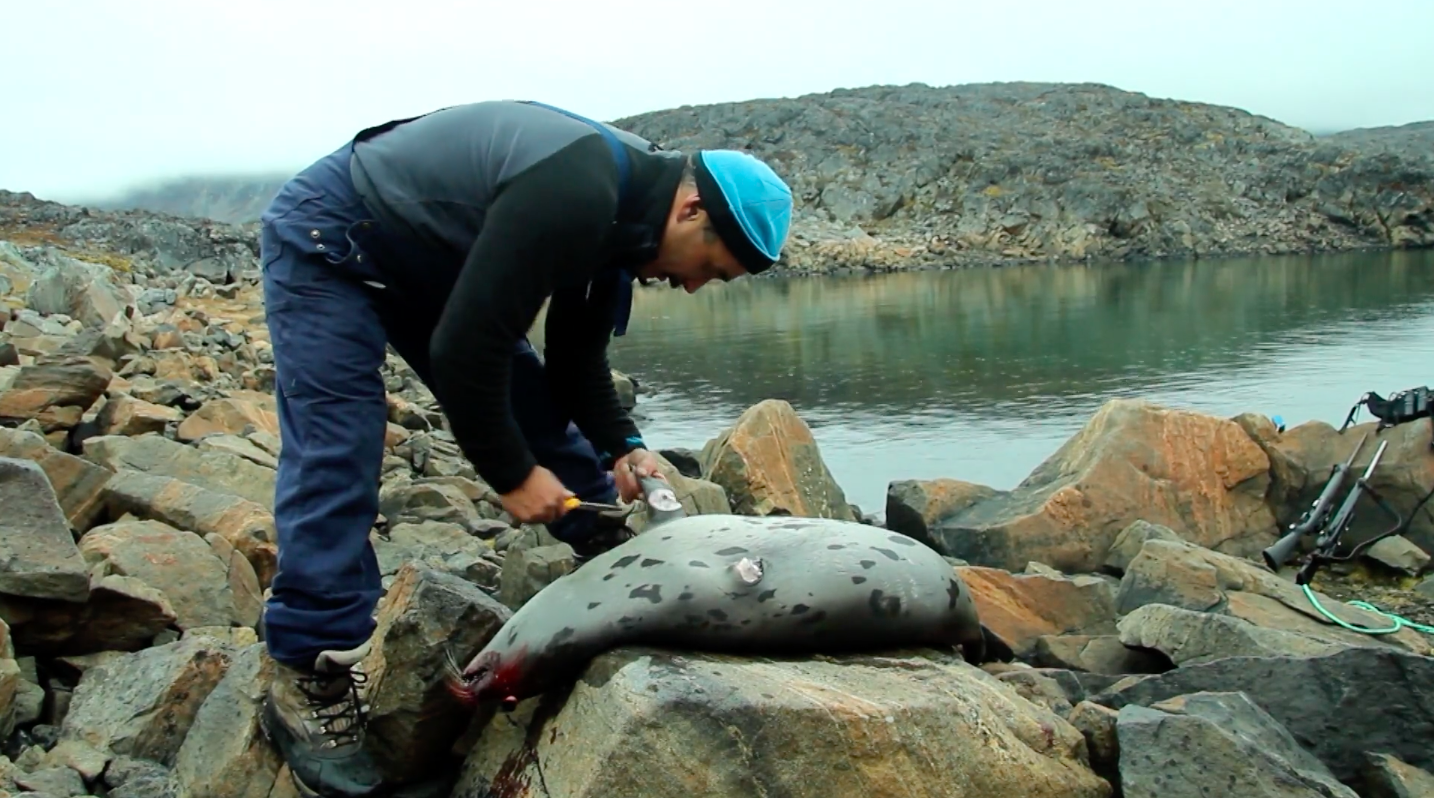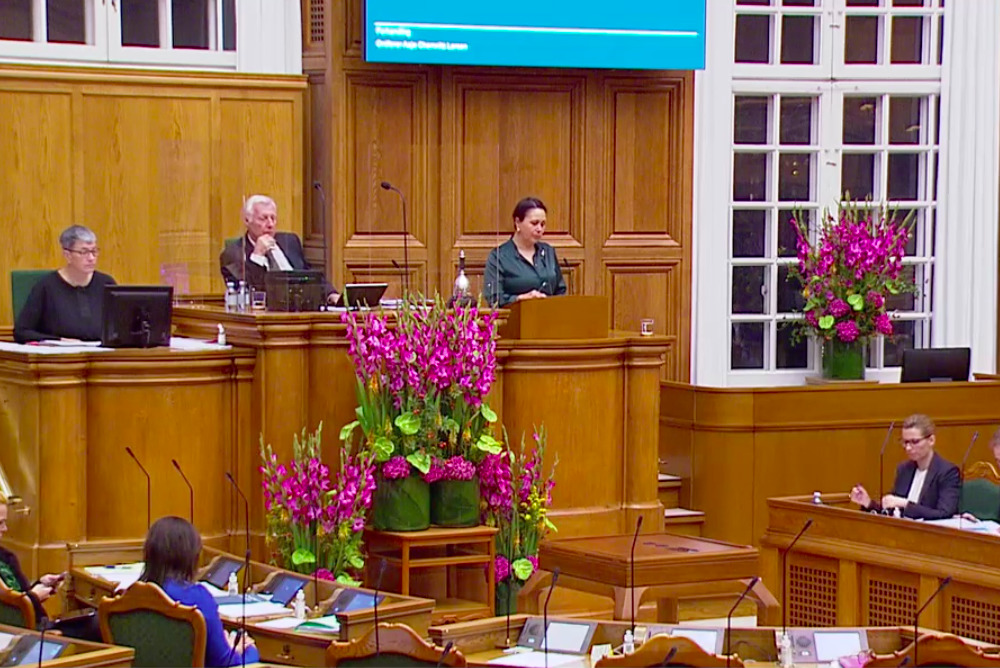Greenland lawmakers grapple with how far to go to save the country’s hamlets
Some of Greenland's smallest communities may not be self-sustaining — but lawmakers can't agree on what their fate should be.

If there is a third rail in Greenland politics, it may be the fate of the country’s 54 hamlets — the small, remote settlements that, for many, are the essence of what it means to be Greenlandic.
The most recent lawmaker to grab hold of the issue is Aaja Chemnitz Larsen, one of the country’s two representatives in the Folketing, the Danish national assembly. In an address during the opening session earlier this month, she suggested that, in the event a hamlet was no longer viable, Nuuk should not use resources to ensure it could remain populated; instead residents should be helped to relocate to towns where there were adequate social services and infrastructure.
While there is no official definition of what constitutes a hamlet, they are typically remote settlements with less than 500 residents. The smallest has just 12. A handful have grown in population in recent years, and in some, where fishing is good, incomes are among the highest in the country.
[The settlements of Greenland’s eastern coast are trapped in a decimating population slide]
Even so, the overall picture of hamlets is one of decline, poverty and social ills. In 1979, the year Greenland was granted home rule from Denmark, the 76 hamlets that existed at the time had an estimated collective population of 12,000, slightly less than quarter of the country’s 49,000 residents. Today, the national population has risen to 56,000, but the number of hamlet residents has fallen to just over 7,000.
“It’s appropriate to ask whether a society with 12 people can maintain the level of welfare that they expect,” Larsen said, noting that in six hamlets there is no form of law-enforcement.

In her comments from the rostrum, as well as after, Larsen chose her words carefully, underscoring, for example, that not all hamlets were the same, and, crucially, that those that weren’t viable should be allowed to die a “natural” death, by which she meant that residents would not be forced to relocate, as happened during Danish-led modernization efforts starting in the 1950s.
[A strategy to double Nuuk’s population begins with a new housing district]
Even so, she has been criticized roundly for what opponents labelled a “disrespectful” and “degrading” attitude towards hamlet residents and their lifestyle.
Technically speaking, Larsen’s comments were out of line. Her party, IA, toes the political consensus in supporting Greenlanders’ right to “settle where they want,” Múte B. Egede, the party leader, said in a public reprimand. “No one,” he added “will ever be denied that right.”
Larsen had stated from the outset the comments where her own opinion, and not the party’s position, but she is not alone in suggesting that lawmakers consider the future of hamlets; one previous proposal would have wound down hamlets that had less than 100 residents, another suggested ranking which hamlets should be first in line for the resources they needed to survive, as well as coming up with an “orderly” strategy for winding down hamlets that were not able to survive.
[Remote settlements in Greenland have a future, but they cannot make it alone]
Similarly, in 2017, Kommuneqarfik Sermersooq, the municipal authority that governs Nuuk and its associated hamlets, drew up guidelines that legislators could use when seeking to determine which hamlets should get which resources.
Asii Chemnitz Narup (no relation), a member of IA and mayor of Kommuneqarfik Sermersooq at the time the guidelines were drawn up, suggested last week in response to Larsen’s address that national lawmakers do something similar.
“Some hamlets,” she said, “are blessed by an abundance of living resources that afford them a good basis for existence. Other hamlets don’t have the same opportunity.”